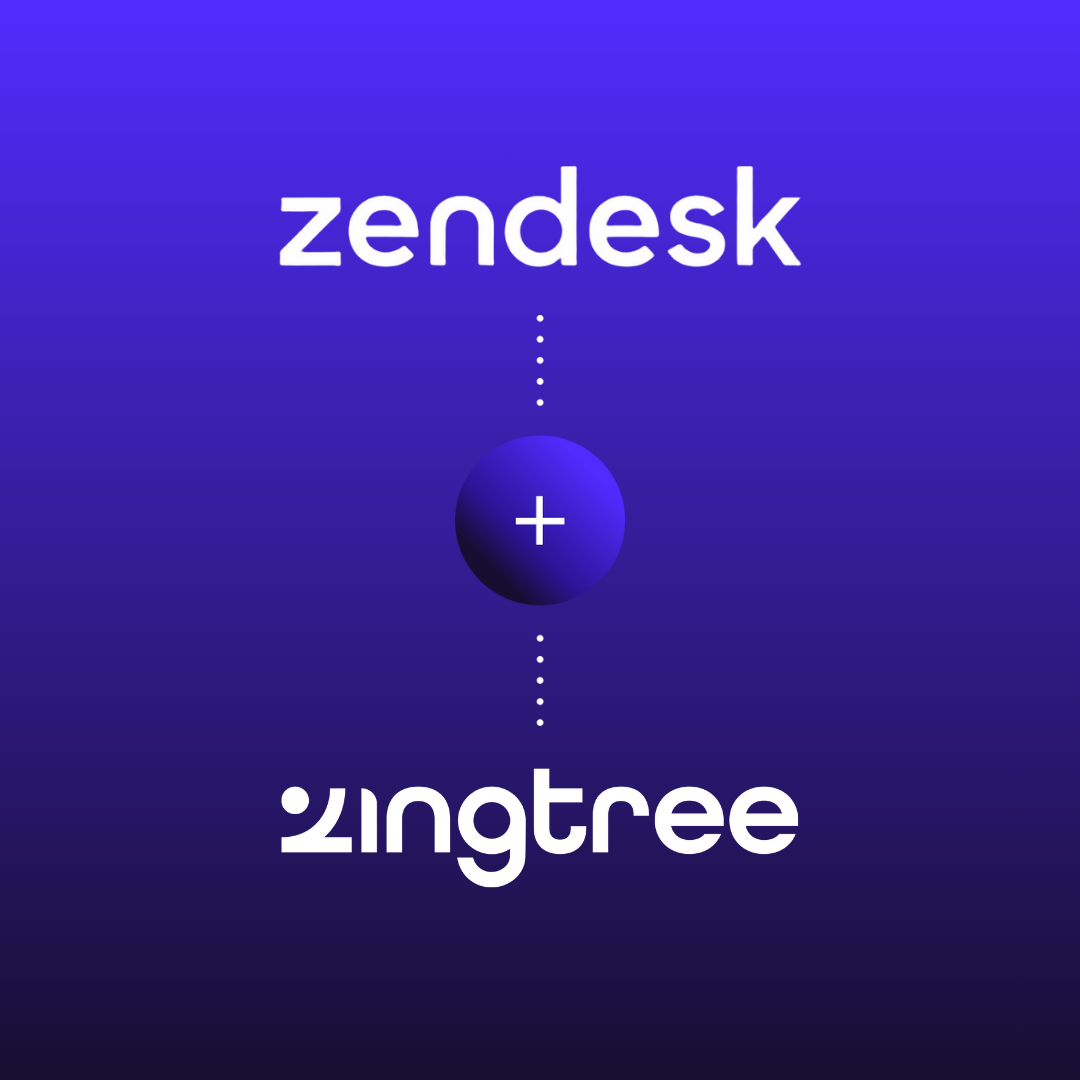6 Ways That Software Will Improve Healthcare Services
Healthcare organizations can improve efficiency and patient care in many ways with medical software. Discover 6 ways in which digital tools can free up time in your clinic or practice.

Healthcare providers often work under pressure, but the COVID-19 pandemic and subsequent global roll-out of vaccines have significantly added to stresses in hospitals and doctors’ offices.
Increasingly, medical professionals are turning to technological solutions to free up time, improve efficiency, reduce the risk of infection for patients and staff, and boost patient care.
In addition, governments are pushing for digital systems to make hospitals and healthcare systems run more transparently, while a digitally-savvy public also increasingly demands more effective and more accessible care. Which software is best for your healthcare environment?
There are many categories of healthcare software used by different providers, and new options are being added by software development companies all the time. Information technology options in healthcare range from clinical documentation to disease management, e-prescribing, medical practice management, health risk assessment, and medical diagnosis software.
To choose the right software solution for your practice, clinic, or hospital, you’ll first need to identify the pressure points in the organization that could prevent you from meeting your overall business goals. For example, you may face problems related to scheduling appointments or organizing clinical trials.
The next step is to properly research the category of software suited to your needs and to choose a reputable software company with a reliable product. Budget is important, of course, but you should also bear in mind the scalability of the healthcare solutions you choose, to keep future costs down.
6 ways in which software improves healthcare services
1. Consolidating patient information
The advantage of using healthcare software such as electronic health records (EHRs), is that all the data pertaining to a patient can be consolidated in a singular database, meaning there’s no need to scrounge around for patient histories, medication updates, and doctor’s notes; everything is in one place. Consolidated databases are not only valuable in assessing and auditing the quality of care, but could also be a useful source of information for insurance companies and research organizations. This is provided the health information is collected and kept in line with ethical and privacy rules and regulations.
2. Streamlining practice management
Practice management software or information systems are used for managing clinics and practices. Depending on what your clinic needs, you can choose software with different combinations of features. For example, software for medical billing and scheduling or appointment management makes life easier for practice managers by reducing delays, eliminating unnecessary patient visits, and as a result, cutting costs.
Billing software − which can be stand-alone or integrated with practice management software − can help your medical practice stay on top of billing and facilitate accounting.
There are many specialized software tools on the market customized for areas such as dental care and ophthalmology, including software for imaging and visualization. Overall, the aim of any practice management software is to make your practice or clinic run more smoothly.
Similarly, hospital management software is used to manage entire hospitals. The software could be used for various functions, including scheduling patient appointments, doctors’ schedules, and medical procedures, as well as managing patients’ data and medical records, and allocating rooms and beds. This could also be extended to include the pharmacies and labs attached to a particular hospital.
3. Improving patient care
If practitioners are better able to track and process client information and medical histories with effective software without spending hours on paperwork, they have more time for their patients. Intuitive, state-of-the-art software reduces human error and allows for more effective patient follow-up.
Aggregated data provides insights into the quality of care and helps medical professionals identify trends and patterns in prescribing medications or treatments. It also allows them to compare their treatment decisions to the latest clinical guidelines and ensure that care is delivered in line with the latest evidence-based medicine.
4. Supporting diagnosis and health risk assessments
Online health risk assessment and medical diagnosis software can curb costs and elevate standards of care in healthcare businesses.
Health risk assessments also allow authorities to identify at-risk groups for some diseases, facilitating early, effective intervention. This not only saves lives but also significantly reduces costs by limiting the need for expensive treatment in the later stages of a disease.
As long as the software is appropriately used and tightly governed, it may help insurance companies gather information about policyholders, which could help to keep premiums down and promote prevention and healthy lifestyles.
In the workplace, employers could use this type of software to consensually collect data about their employees, enabling them to promote and maintain good physical and mental health among staff. It also helps employees understand and feel more in control of their own well-being.
By using the same software as an automated medical diagnosis tool, health providers can save time and money by providing efficient virtual triage and identifying trends as they develop.
5. Empowering patients with self-help options
Emerging self-help tools such as symptom checkers allow patients to self-diagnose and direct them to the best medical service for their needs, which, in turn, reduces waiting times and better informs medical staff.
With many healthcare systems and providers under significant strain, the actual face time patients get with doctors is often limited to a few minutes per patient. In this context, it can be difficult for the clinician to explore the true nature of a specific complaint in real-time. In addition, many patients may struggle to concisely formulate the nature of their health problems while under such time pressure. Symptom checkers can help to identify the patient’s exact complaint and guide the clinical consultation, which could enhance the quality of clinical care significantly. It reduces the patient conveyor-belt effect that alienates patients.
In short, using online symptom checkers can reduce pressure in your medical facility and make your patients happier.
6. Speeding up and boosting the productivity of clinical trials
Digital tools such as decision tree software are increasingly used to speed up patient recruitment, facilitate participant monitoring, and cut costs in clinical trials. Clinical trials are lengthy and costly, and digital tools have a major role to play to make the process more efficient and speed up the development of new and innovative medicines.
Choosing the right tool
When searching for the right software solution for your healthcare organization, look for one that’s interactive, easy to use, and reliable at scale. That’s what Zingtree offers.
Zingtree is a user-friendly, interactive decision tree solution that helps you build and deploy effective healthcare solutions in minutes. Zingtree is used by doctors and healthcare facilities globally to boost efficiency and improve the standard of care.
No coding is required, so any health provider can implement Zingtree’s solutions without any IT expertise. Detailed analytics and reporting features also provide insights from your tools, which can help you better plan your practice or clinic and mitigate risks.
Interested in learning more about implementing Zingtree in your organization? Request a demo today.


.svg)
.svg)
.svg)



